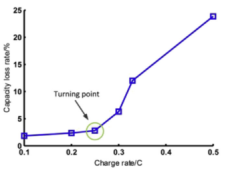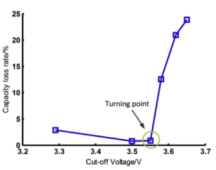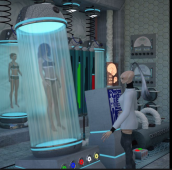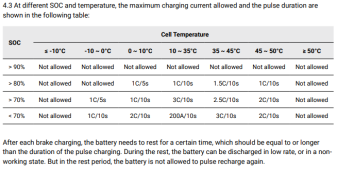Very interesting. Many manufacturers support 1.0C "maximum" charge currents. Several of these have lower "recommended" charge currents of 20A, 50A, or 63A. The Jakiper is an outlier here and even supports 1.0C at -5°C though it's possible that their BMS is doing some smart things and reducing charge current at lower temperatures.For the typical thick electrode prismatic 'blue' cell used by DIY'er, should not be charging above 0.5 C(A) at any temperature.
It wouldn't be hard for an engineer designing a BMS to scale charge current with temperature and state of charge. Seems like it could be done in firmware. For example: 10A@-10°C, 15A@-5°C, 20A@0°C, 30A@5°C, 40A@10°C, 100A@20°C. This would allow them to better protect the battery from damage at cold temperatures. But I'm not sure if any of the manufacturers have figured that out yet or implemented it.
EG4 Battery: CAPACITY: 100AH, MAXIMUM CHARGE CURRENT: 100A CONSTANT, CHARGE RANGE: 32 F - 113 F
Jakiper: Nominal Capacity: 100Ah, Maximum Charge Current: 100 A, Charge Temperature: 23 ~ 131 °F ( – 5 ~ 55 °C )
SOK: Nominal Capacity: 100Ah, Maximum Charge Current (Continuous): 100A, Charge Temperature: 32°F – 113°F
Trophy: Rated Capacity (AH): 100 Amp-Hours, Continuous Charging Current (A) 100 Amps, Cell Charging Operating Temperature Range: -0~45 ℃









